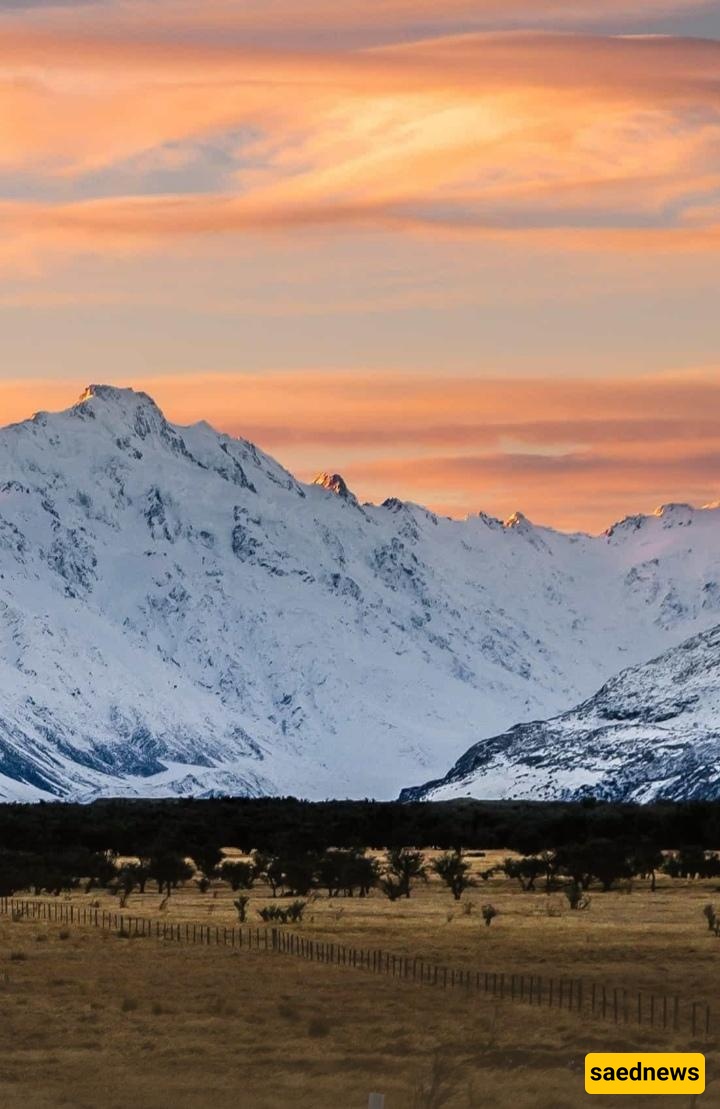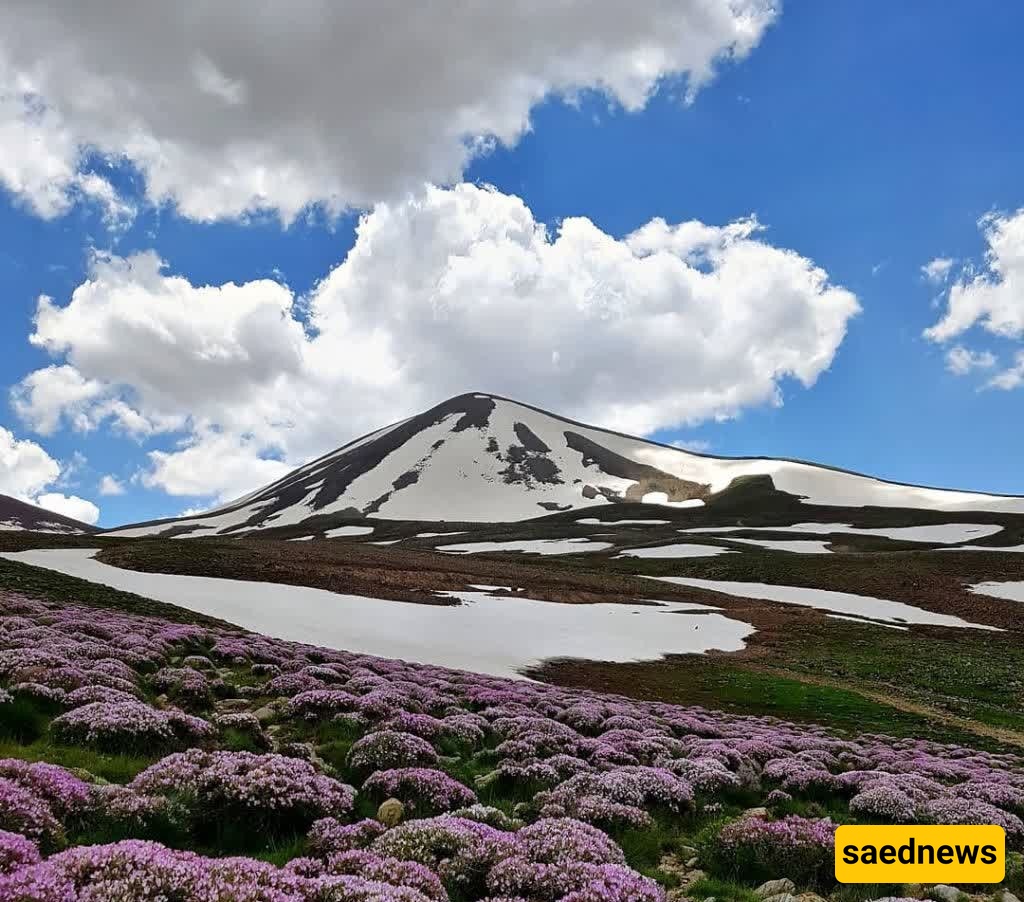SAEDNEWS: Did you know you can ski in the middle of summer? Iran’s towering mountains offer cool escapes, snowy peaks, and even natural glaciers—right when the rest of the country sizzles. Discover the chill side of Iran’s summer!
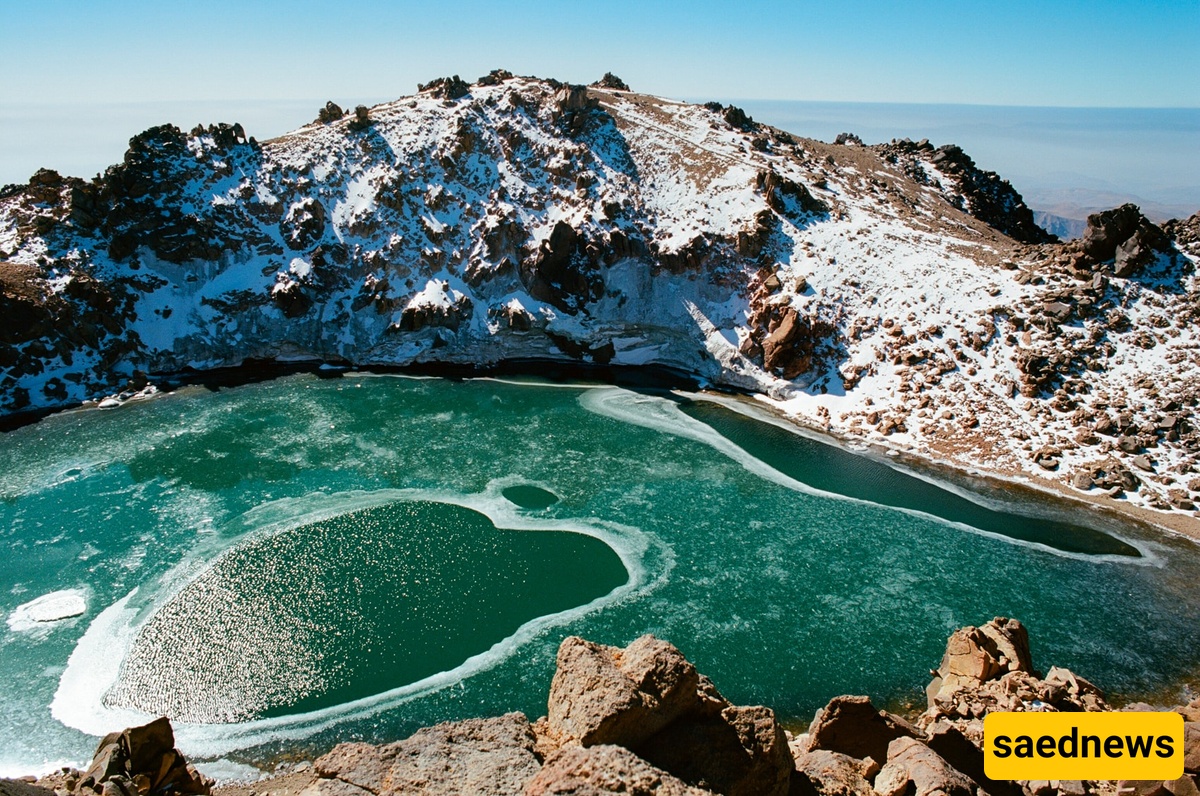
Winter Fun in the Heart of Iran’s Summer | Where August Brings Snow!
At first glance, summer in Iran is all about the scorching heat of the south, the warm northern coasts, or the dazzling deserts. But hidden within this blazing season are places that still carry the footprints of winter — spots where you can ski, play in the snow, or simply breathe in the crisp, cold air.
Here are 6 unique places in Iran that remain snow-covered or icy cold even in the peak of summer, during July and August:

Standing tall at 5,610 meters (18,406 feet), Mount Damavand is not only the highest peak in Iran but also the highest volcano in Asia. Located in the Alborz mountain range near the southern coast of the Caspian Sea, Damavand is a majestic symbol in Persian mythology, often portrayed as a place of power, endurance, and divine punishment. But beyond legend, it offers a surreal natural experience — especially in summer.
While most of Iran sizzles under the scorching sun during July and August, Damavand remains crowned with snow. Its summit and surrounding slopes are still blanketed in ice and snow, making it a rare winter-like escape in the heart of summer. Trekking routes, especially those on the northern and western faces, are often snow-covered even in the warmest months, offering climbers a unique blend of summer sun and winter chill.
For mountaineers and adventurers, climbing Damavand in summer is both a physical and mental challenge. While the lower altitudes may be mild, the higher you ascend, the colder and windier it becomes — with snowfields stretching across the landscape, glacial winds whipping through, and breathtaking views awaiting those who endure.
Useful Tips for Visitors:
Best time to climb: Mid-June to early September.
Gear required: Proper snow gear, trekking poles, and warm clothing even in summer.
Permits & guides: It’s advisable to obtain local permits and hire experienced guides, especially if tackling the snowier northern routes.
Altitude warning: Acclimatization is crucial due to the high elevation — take your time ascending.
Whether you're a serious mountaineer or a curious traveler looking for an unexpected taste of winter in the middle of an Iranian summer, Mount Damavand is a destination that defies expectations and rewards every step with awe-inspiring beauty.

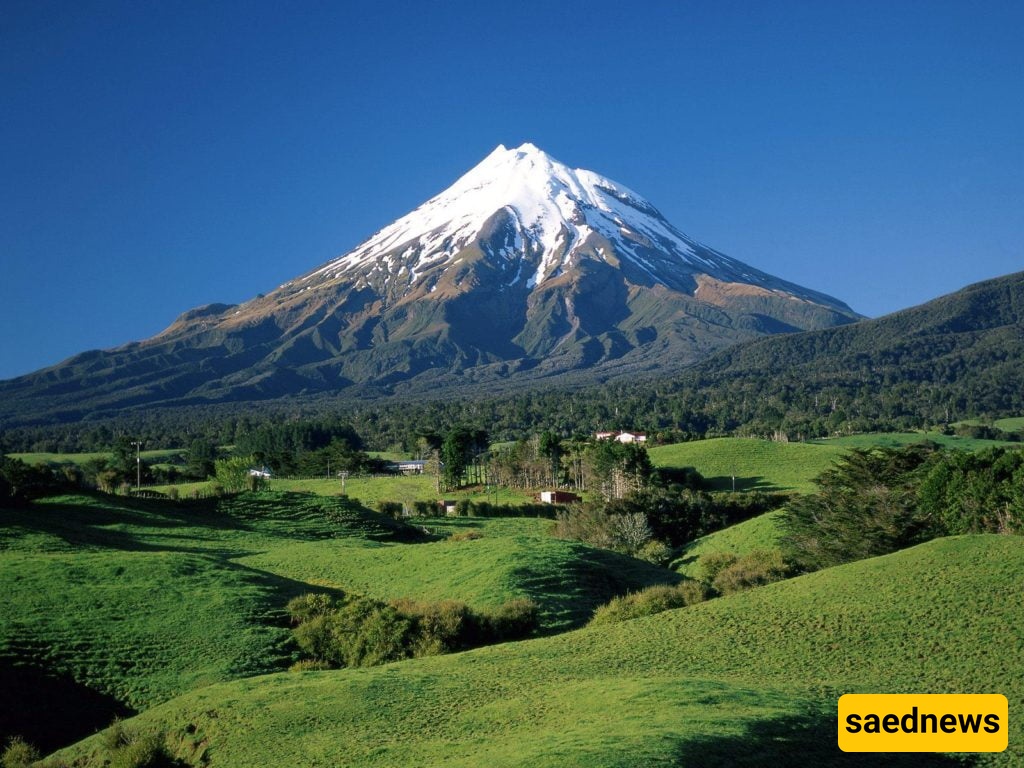
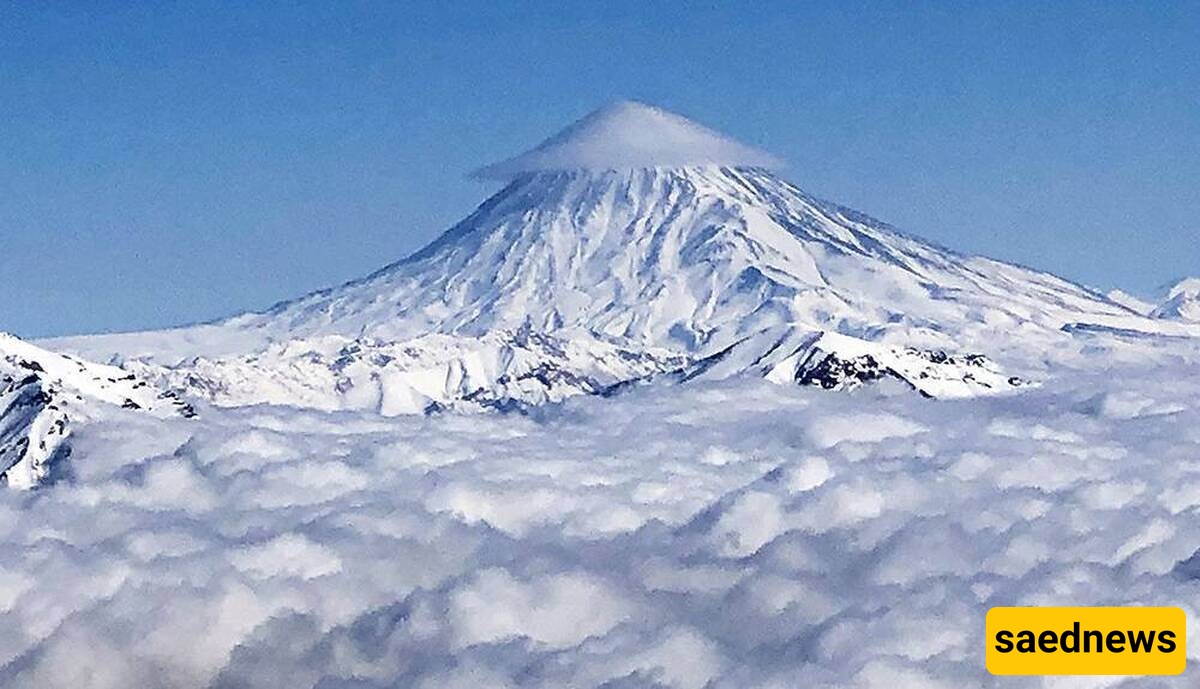
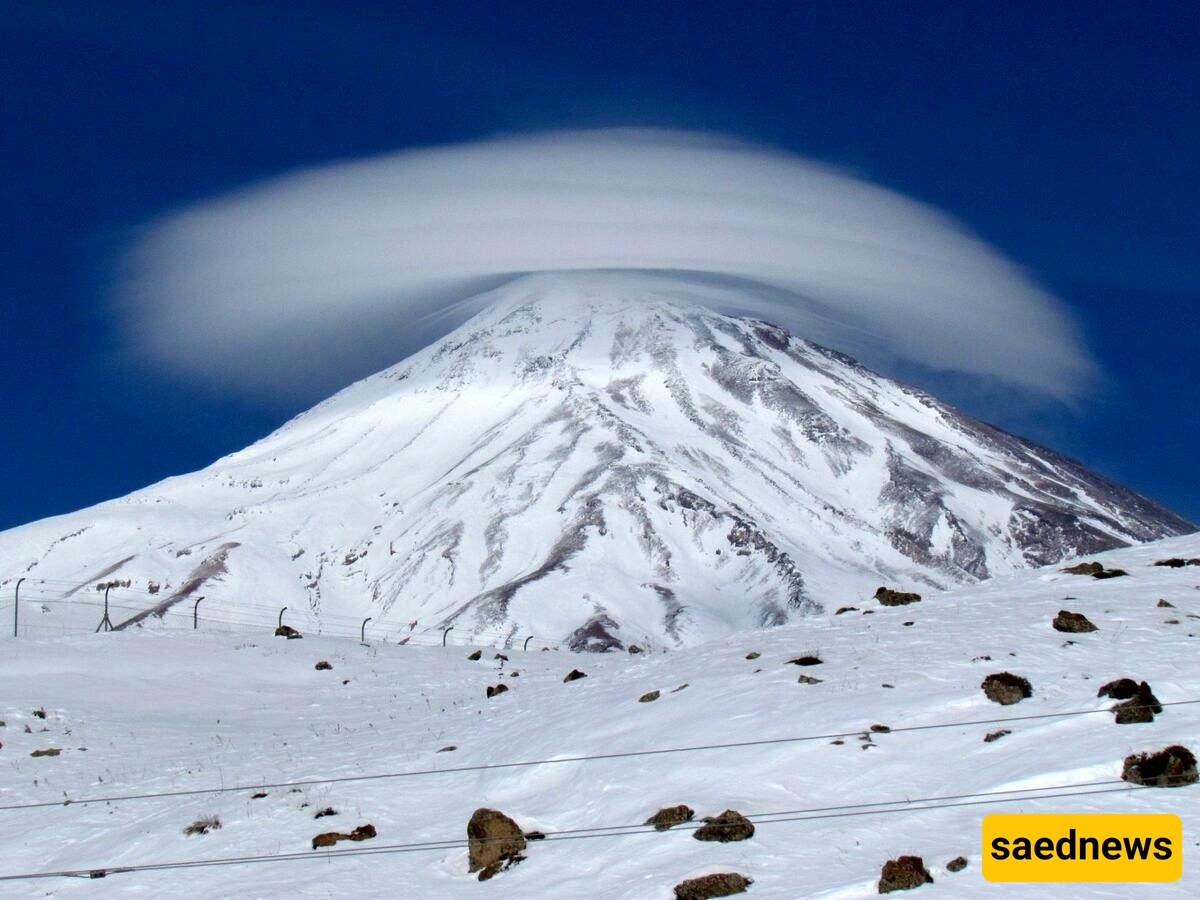
Rising to an impressive height of 4,811 meters (15,784 feet), Mount Sabalan is Iran’s third-highest peak and one of its most breathtaking natural wonders. Located in the northwestern province of Ardabil, this dormant volcano is most famous for the stunning crater lake that lies at its summit — a natural pool of icy blue water that remains frozen or semi-frozen even in the hottest months of summer.
While much of Iran swelters in August heat, Sabalan offers a completely different climate. Its upper slopes remain snow-covered, and the crater lake often glistens under a thin layer of ice or slush, surrounded by snowfields and sharp volcanic rocks. The contrast between the intense summer sun and the freezing summit makes Sabalan one of the most unique hiking and trekking destinations in the country.
One of the most unforgettable experiences here is touching snow and ice or even dipping your hands (or for the brave — your whole body!) into the freezing waters of the crater lake — in the middle of August. It’s a surreal moment that feels like time and seasons have collided, offering a rare chance to embrace winter while the rest of the country bakes in the summer sun.
Highlights & Travel Tips:
Location: Ardabil Province, near the city of Meshgin Shahr.
Best season to visit: Mid-July to early September for a relatively safer climb, with snow still present.
Popular activities: High-altitude trekking, mountaineering, snow hiking, photography, and even cold-water swimming.
Thermal springs nearby: After your descent, relax in one of the many natural hot springs located in the foothills — a perfect balance to the mountain’s icy peak.
Spiritual significance: Sabalan holds a special place in Azerbaijani and Iranian culture. Locals consider it a sacred mountain, and many believe that ancient prophets once meditated on its slopes.
Whether you're an adventure traveler seeking altitude and challenge, or a nature lover drawn to surreal landscapes, Mount Sabalan offers a rare combination of volcanic beauty, glacial serenity, and summer snow — all in one unforgettable journey.

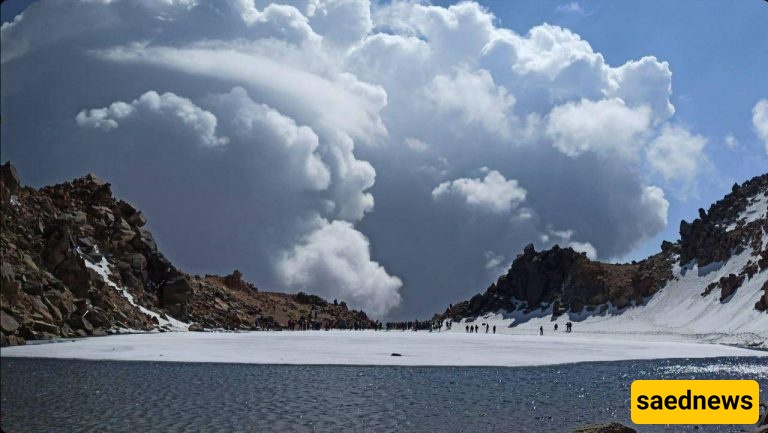
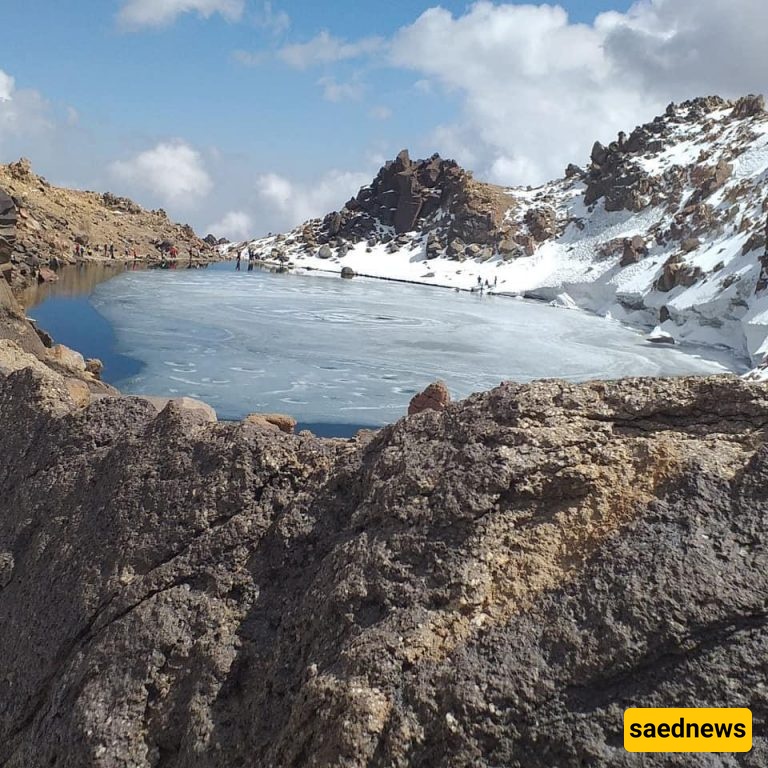
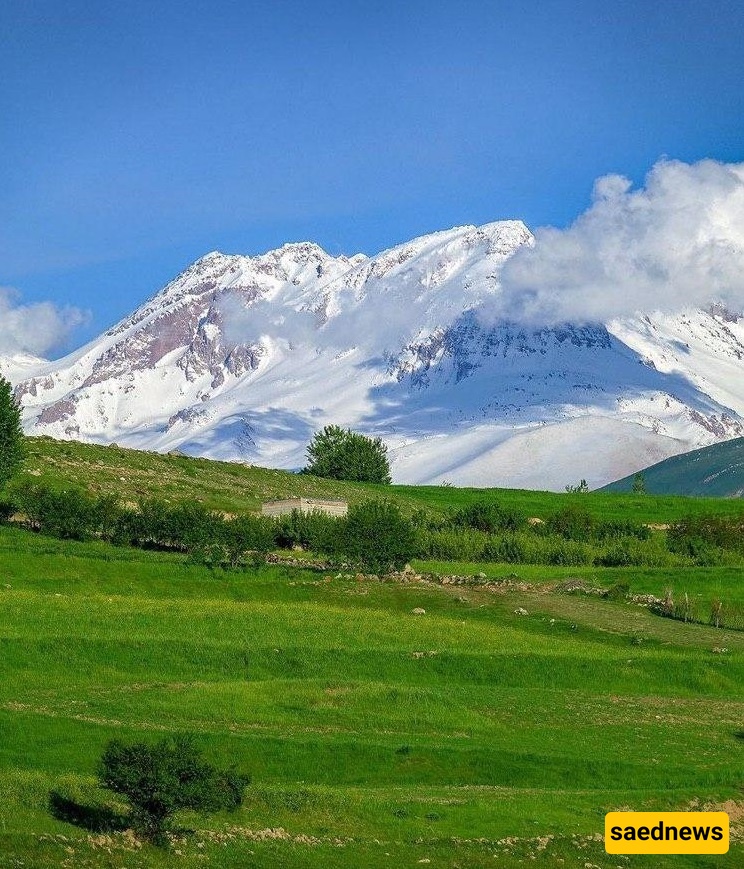
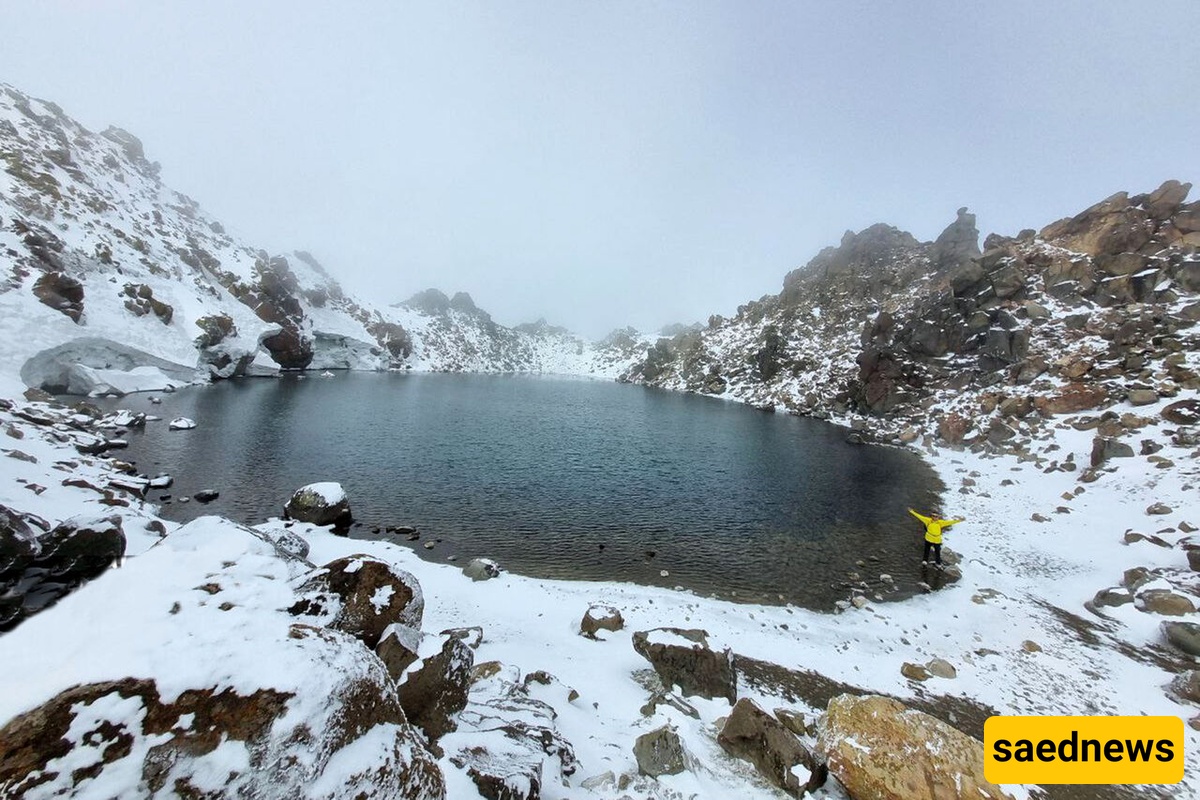
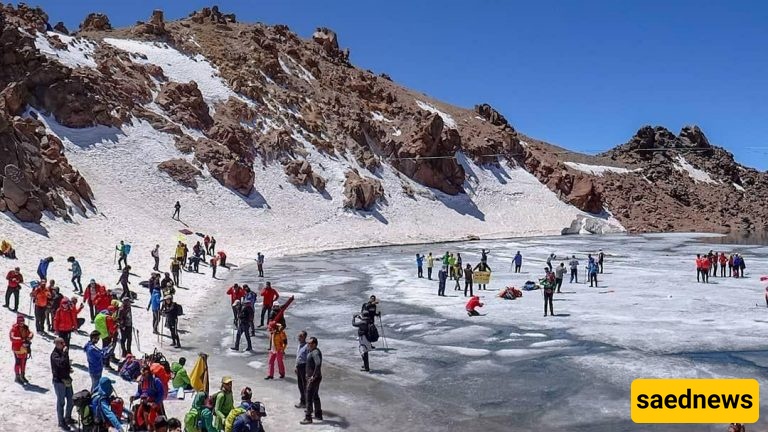
Nestled in the majestic Taleqan Mountains of Mazandaran Province, near the scenic town of Kelardasht, Alam-Kuh stands proudly as Iran’s second-highest peak, reaching an elevation of 4,850 meters (15,912 feet). Often referred to as the “Alps of Iran,” this awe-inspiring mountain is home to some of the country’s largest and most enduring glaciers, particularly along its northern face — glaciers that remain frozen year-round, defying the summer heat.
Even in the heart of July and August, the Alamchal Glacier and other ice formations cling to the steep rock faces and deep valleys, providing a spectacular backdrop for mountaineers and adventure seekers. Unlike Damavand’s volcanic slopes or Sabalan’s crater lake, Alam-Kuh offers a dramatic alpine experience, complete with rugged cliffs, granite walls, and glacial valleys — a dream destination for technical climbers, ice climbers, and high-altitude trekkers.
The northern face of Alam-Kuh, in particular, has become a training ground for professional Iranian climbers and an attraction for international adventurers seeking challenging ascents. The routes here vary from demanding ice climbs to multi-day alpine hikes that test both endurance and skill.
Why Visit Alam-Kuh?
Year-round glaciers: Even in summer, the icy slopes and glaciers remain intact, creating a unique environment for climbing and exploration.
Technical climbing paradise: The mountain’s vertical granite walls (up to 800 meters high) are considered the most technical in Iran.
Stunning alpine scenery: Think alpine meadows, glacial lakes, and panoramic views of the Central Alborz range.
Less crowded than Damavand: Alam-Kuh offers a quieter, more serene mountain experience for those looking to escape the crowds.
Basecamp villages: The region is supported by nearby villages like Rudbarak, which offer mountaineering services, local guides, and traditional hospitality.
Best season: June to September, when access is easier and weather conditions are more stable (though glaciers remain year-round).
Essential gear: Technical climbing equipment, crampons, ropes, and cold-weather clothing — even in summer.
Permits and safety: It’s highly recommended to climb with experienced local guides familiar with the terrain and avalanche risks.
For those who crave raw natural beauty, alpine adventure, and the thrill of climbing icy slopes under a summer sun, Alam-Kuh is a must-see gem. Whether you come for the glaciers, the challenge, or the peaceful isolation, this mountain will leave you breathless — both literally and figuratively.
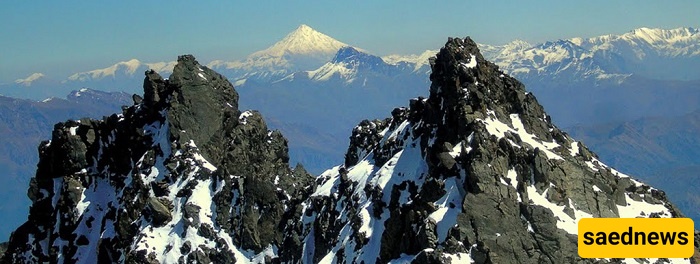

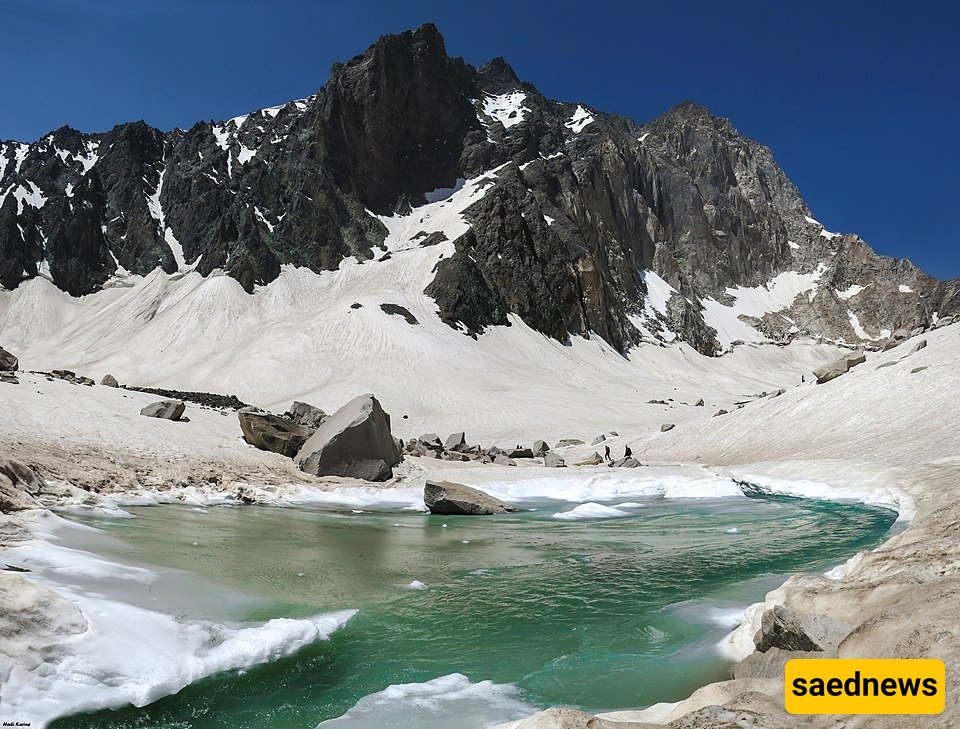
Tucked away in the Alborz Mountains, between the historical regions of Taleghan and Alamut, lies the Takht-e Soleyman Mountain Range — a lesser-known but truly breathtaking gem for nature lovers and mountaineers. With peaks soaring above 4,000 meters (13,100 feet), this range is one of the few places in Iran where you can still find snow and ice well into late summer.
Despite its relatively low profile compared to Mount Damavand or Alam-Kuh, Takht-e Soleyman offers a dramatic and rugged alpine landscape, filled with glacial valleys, pristine ridgelines, and snowfields that remain untouched even in August. Its isolation and untouched beauty make it a paradise for experienced hikers and those seeking an off-the-beaten-path adventure in Iran’s natural world.
The name “Takht-e Soleyman” (Throne of Solomon) adds a layer of mystique to this majestic range. Local legends associate the area with ancient kings and mythical figures, further enhancing its appeal. The mountains here are also considered spiritually significant by some, adding a sense of reverence to the journey.
Snow-capped peaks in summer: The high elevations and unique microclimate keep parts of the range icy and snow-covered, even during the hottest months of the year.
Untouched wilderness: Far from commercial tourism, this range offers pure, unspoiled nature — perfect for those seeking solitude and silence.
Close to historical landmarks: Its location near Alamut Castle — the legendary fortress of the Assassins — makes it an ideal addition to a cultural-hiking tour.
Ideal for trekking and mountaineering: With routes ranging from moderate hikes to challenging climbs, it’s suitable for seasoned adventurers.
Rich biodiversity: The surrounding area is home to unique alpine flora and fauna, offering a rewarding experience for wildlife enthusiasts and photographers.
Best season: Late June to early September — though snow remains at higher elevations, the lower paths are more accessible.
How to get there: The most common access points are from Taleghan or Qazvin, with local guides available for multi-day treks.
What to bring: Layers of warm clothing, proper hiking boots, and sufficient food and water — this is a remote area with limited facilities.
Accommodation: Camping is the best option, though local guesthouses in nearby villages may offer simple lodging before or after the hike.
If you're looking for a hidden treasure where ancient legend meets alpine adventure, Takht-e Soleyman delivers. With its snow-kissed peaks in the middle of summer and peaceful, untouched beauty, it promises a truly unforgettable escape into the heart of Iran’s highlands.

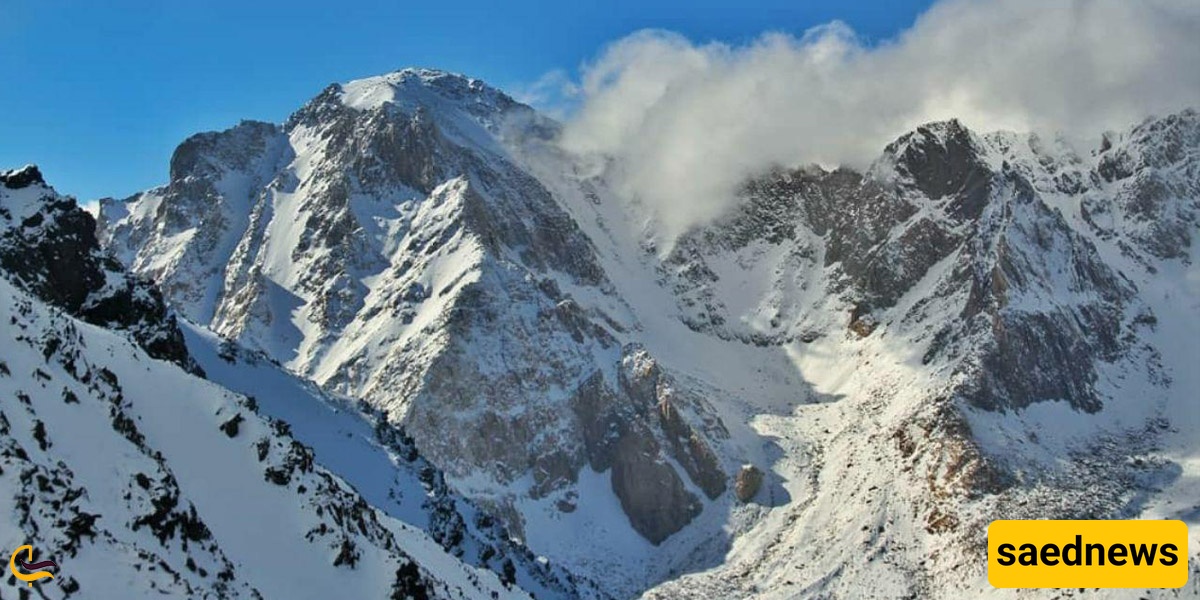
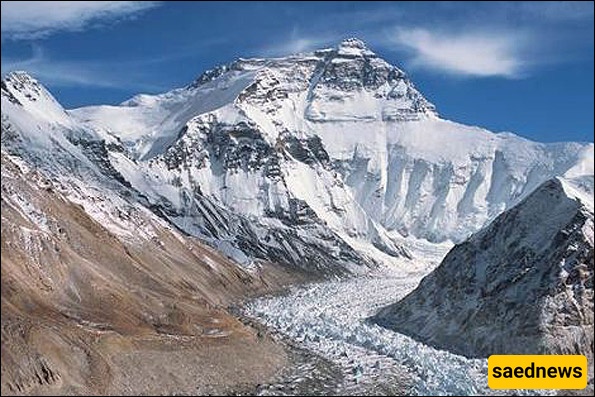
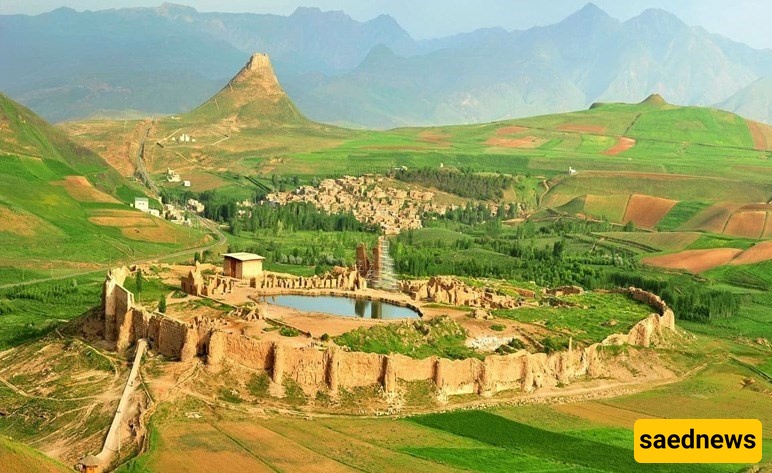
Believe it or not, you don’t need to leave Tehran to experience snow in the middle of August. Just a short drive or cable car ride away from the bustling city streets, the towering Tochal Mountain Range offers a refreshing escape into cooler altitudes — and in some years, Station 7 of the Tochal Telecabin remains snow-covered well into the summer months.
Rising to 3,964 meters (13,005 feet), Mount Tochal forms a dramatic backdrop to Iran’s capital city. Its proximity to Tehran makes it one of the most accessible high-altitude destinations in the country, drawing in a wide range of visitors — from casual hikers to serious mountaineers and even skiers during the colder months.
What surprises many, however, is that snow and icy patches can still be found at the upper reaches of Tochal during July and August, especially after heavy winters. The Tochal Ski Resort, located near Station 7, occasionally sees summer snowfall or lingering snowfields that delight adventurous travelers looking to beat the heat — without leaving the city.
Why Visit Tochal in Summer?
A snowy escape just minutes from Tehran: While the city sizzles below, the upper slopes of Tochal remain cool, crisp, and sometimes dusted with snow.
Accessible adventure: The Tochal Telecabin (gondola lift) takes visitors from the base at Velenjak (north Tehran) to heights over 3,700 meters in less than an hour.
Hiking, climbing, and sightseeing: Numerous trails and viewpoints offer breathtaking panoramas over Tehran, the Alborz range, and even the distant Damavand peak on clear days.
Cool mountain air: Even without snow, Tochal’s high altitude provides a dramatic temperature drop — a perfect escape from the summer heat.
Telecabin operation: Check the Tochal Telecabin website before your visit for updates on weather, snow conditions, and cable car schedules.
Best time to see snow: Early summer (June to early July) is more reliable for lingering snow, though in some years, snow remains until late August at higher altitudes.
What to wear: Layered clothing is essential — it might be 38°C in Tehran and close to freezing at Station 7.
Food & facilities: Cafés and rest areas are available at several stations, but bring water and snacks for longer hikes.
Tochal is more than just a mountain; it’s a year-round natural retreat right next to a modern metropolis. And for those chasing the rare thrill of summer snow in the Middle East, there’s perhaps nowhere more surprising — or more rewarding — than standing on a snowy slope just above the rooftops of Tehran.
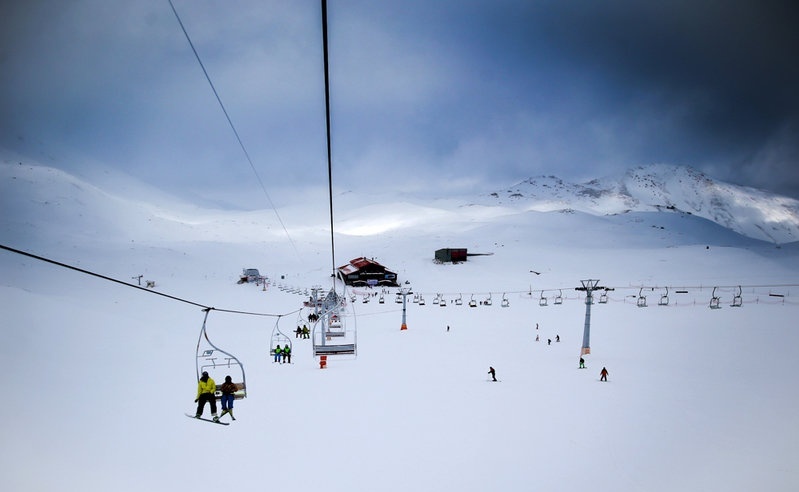
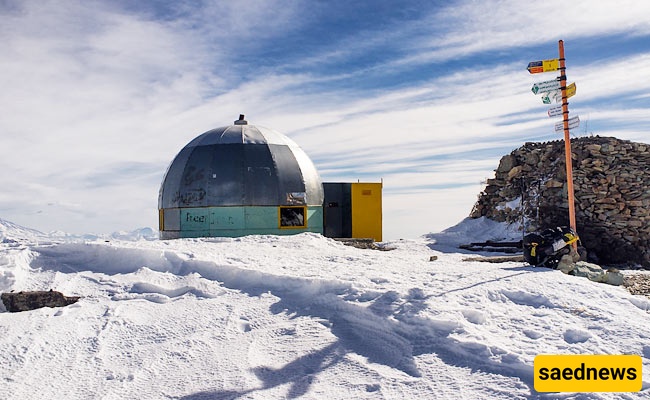
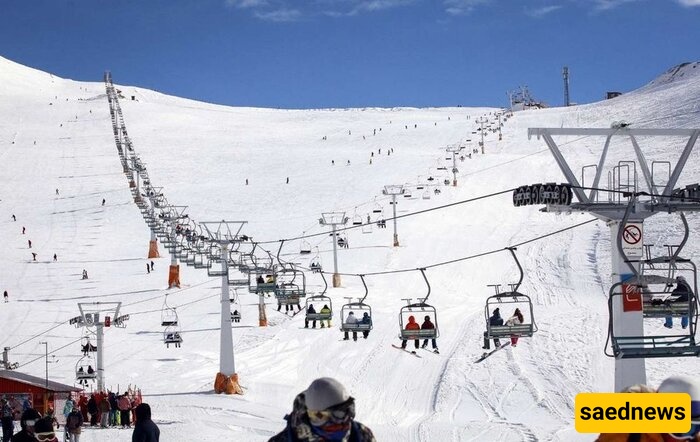
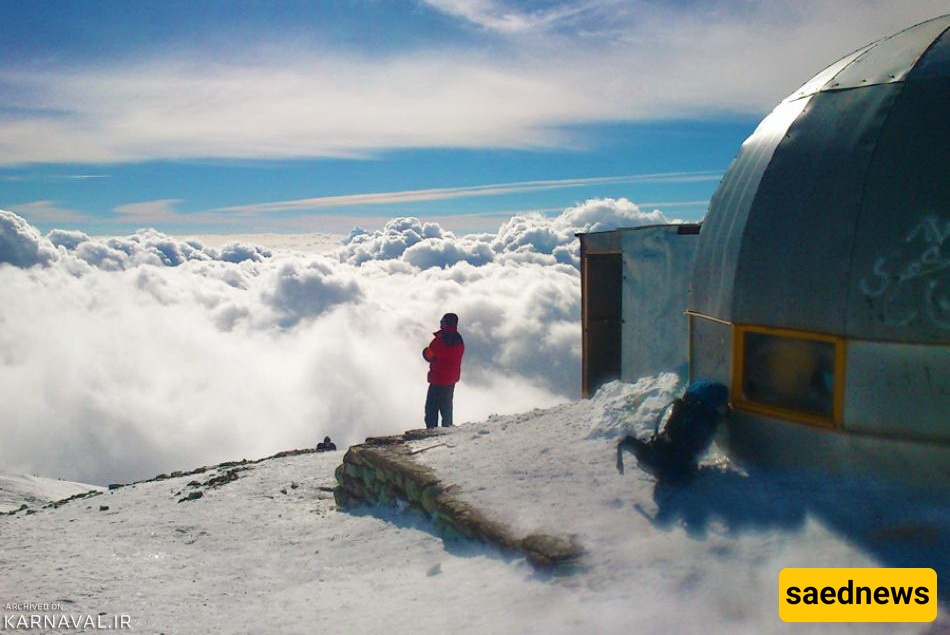
In the heart of East Azerbaijan Province, where the breeze carries the scent of history and mountains stand as silent guardians of ancient culture, you’ll find the Sahand Mountains and the highlands surrounding Tabriz — a region where summer can feel surprisingly like winter.
Rising to an elevation of 3,707 meters (12,162 feet), Mount Sahand is a dormant stratovolcano often referred to as the “bride of Iran’s mountains” due to its green pastures, rolling slopes, and scenic beauty. But beyond its springtime meadows and alpine wildflowers, Sahand is also known for occasional summer snow, especially after heavy winters or during years with colder seasonal transitions.
Even in July and August, some of the higher ridges and shaded slopes of Sahand — as well as other peaks in the Tabriz highlands — may retain snow patches, offering travelers a refreshing contrast to the typically dry and warm summer landscapes of much of Iran.
Unpredictable beauty: While not guaranteed every year, the rare sight of summer snow on Sahand or nearby mountains is a magical experience for nature lovers and photographers.
Mild summer climate: Even without snow, the region enjoys cool, pleasant summers, making it an ideal destination for hiking, camping, and escaping the heat of central and southern Iran.
Cultural richness: The proximity to Tabriz, a historical city and former capital of the Qajar dynasty, allows visitors to combine natural adventure with deep cultural exploration.
Diverse landscapes: From volcanic peaks to grasslands, from snow-speckled summits to ancient caves, the Sahand region offers a wide variety of terrains and experiences.
Flora and fauna: The slopes of Sahand are rich with rare alpine flowers, wildlife, and migratory birds during the warmer months.
Best time to visit: Late spring through early autumn (May to September). For a chance to catch lingering snow, aim for June or early July.
Base cities: Tabriz and Maragheh are the main urban centers with access to mountain routes, offering hotels, local guides, and transport.
What to bring: Weather can be unpredictable — pack warm layers, hiking boots, sun protection, and a camera for those rare snowy summer vistas.
Local attractions: Don’t miss Kandovan village (Iran’s version of Cappadocia), Tabriz Bazaar (a UNESCO World Heritage Site), and El-Goli Park — all within driving distance of the mountains.
For travelers looking to experience a unique side of Iran — where mountains flirt with winter even in summer, and where culture and nature blend seamlessly — the Sahand Mountains and the heights of East Azerbaijan offer a breathtaking and often unexpected escape.
